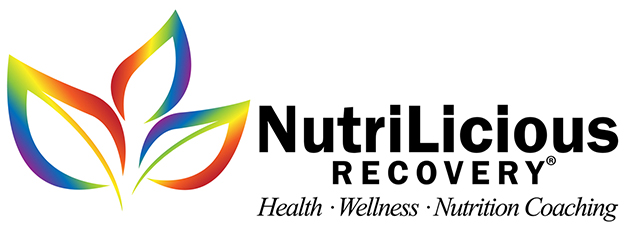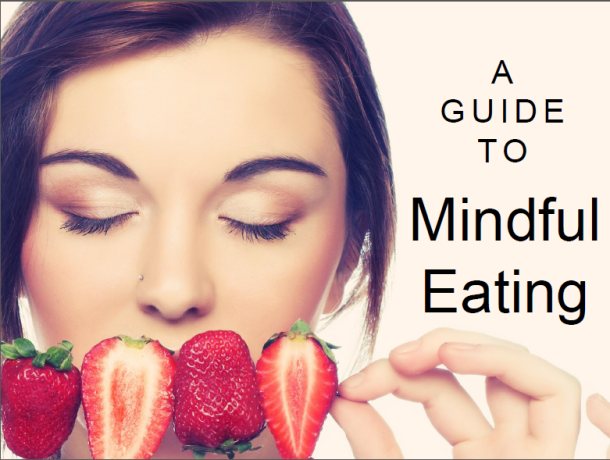
As a nutritionist, I know that grocery shopping can be intimidating and I’m not even referring to the complexity of COVID19!! Many people don’t know wehre to start and aren’t sure which foods are healthy. With an endless variety of brands and food choices and sometimes deceiving packaging, it can be a confusing task to find nourishing foods or ingredients to bring home.
Some best strategies to complete grocery shopping in an efficient and timely way include:
- Make a list based on a weekly vision of meals, something like:
- Fruits: apples, blueberries, oranges, grapefruits, and avocados
- Non-starchy vegetables: greens,broccoli, asparagus, onions, spinach, peppers, and zucchini
- Starchy vegetables: sweet potatoes, baby red potatoes, and butternut squash
- Beans and grains: chickpeas, brown rice, black beans, quinoa, and protein powder.
- Proteins: eggs, canned salmon, & skin-on chicken breast
- Frozen foods: frozen mixed berries and frozen kale
- Nuts and seeds: roasted almonds, pumpkin seeds, and natural peanut butter
- Dairy and nondairy substitutes: soy milk,cashew milk, coconut milk, almond ilk, oat milk, feta cheese, and full fat Greek yogurt
- Condiments: olives, sun-dried tomatoes, salad dressing, olive oil, pesto, and salsa
- Drinks: unsweetened coconut water and sparkling water
- Miscellaneous: mushrooms, ground coffee, dried fruit, dark chocolate, banana plantain chips, shredded unsweetened coconut, & psyllium husk
- Sticking to the perimeter of the store will allow you to make the best decisions regarding avoiding processed foods. As you traverse the aisles, you will have more temptations regarding processed foods which are delicious and addicting – yes, I’m talking about potato chips, tortilla chips, cookies, cake mixes, and carbonated sodas!
- Consider a quality frozen entrée. If you are craving instant foods, consider choosing some ready-made frozen meals which are individually portioned and balanced. Amy’s is a great brand featuring organic foods and some are gluten free, some are dairy free, and some are both.
- Label-reading. It’s important to find and read the label regarding ingredients. Look for less processed foods which have only a handful of ingredients vs. a whole paragraph of things you may not be able to pronounce. Look for no or low sugar/sweeteners. You will be surprised at how much sugars are in the “healthy” protein bars or SNAPPLE drinks these days! Ideally search for those products that have less than 6 grams (1.5 teaspoons) of added sugar per serving.


